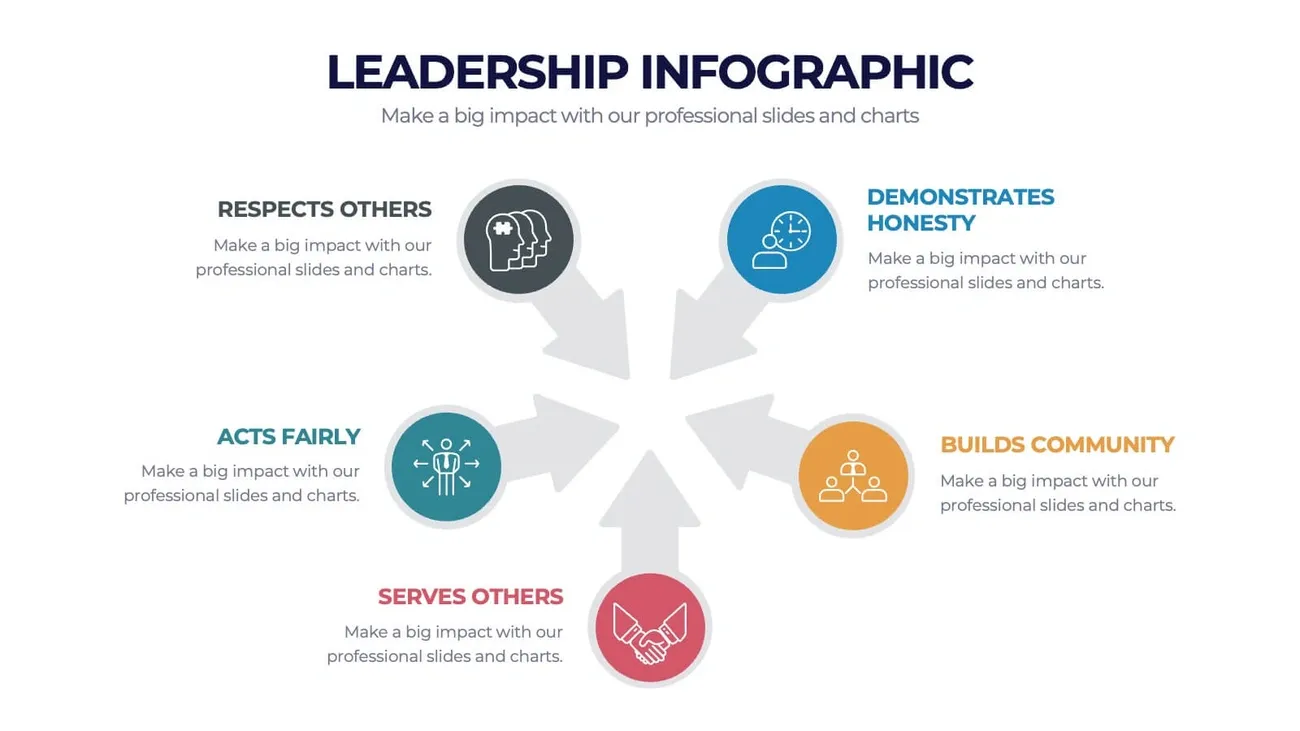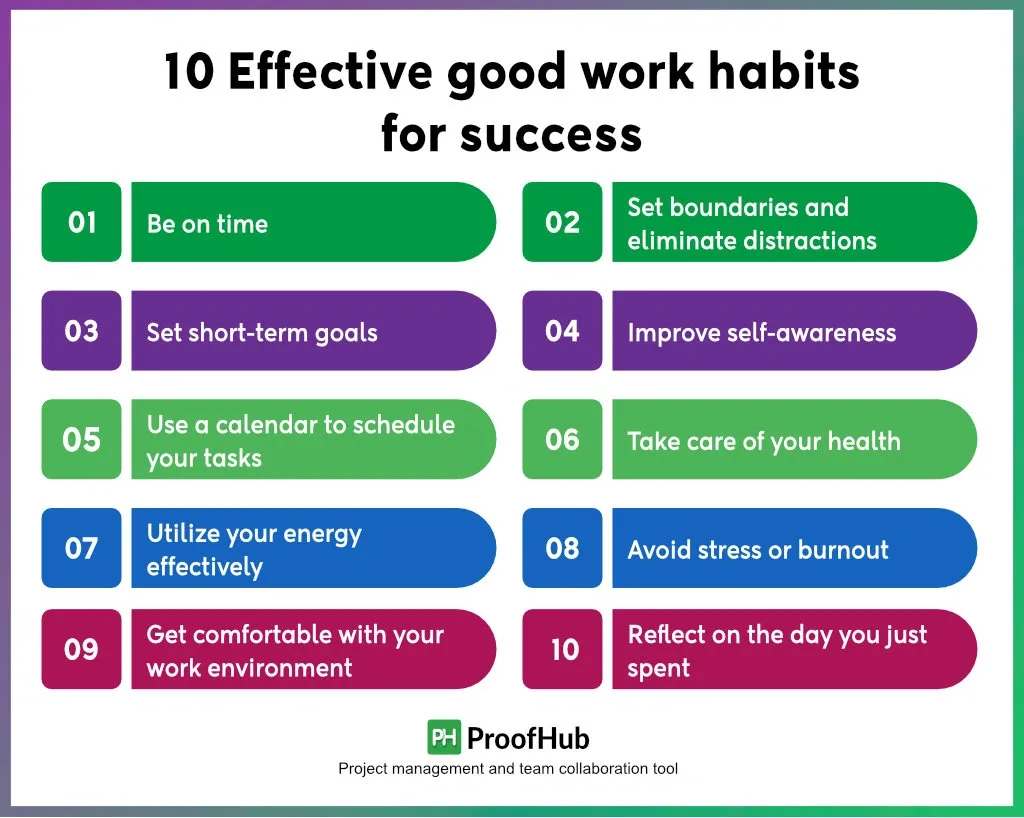You might be surprised to learn that top performers deliver four times more output than average workers. This isn’t just interesting trivia – knowing what makes a high performer can transform your career and organization.
The numbers tell an amazing story: just 1% of employees generate 10% of productivity, while the top 5% account for 26% of all output. A high performer’s traits aren’t some mysterious gift or innate talent. Employers have clear priorities when they look for these qualities: problem-solving (75%), communication (65%), self-direction (64%), drive (61%), and adaptability (59%).
Becoming a high performer doesn’t mean endless overtime or burning out. Top performers choose smart work over hard work. They take on challenging projects and never stop learning. Their mindset sets them apart – they see colleagues as valuable team members with unique goals and challenges, which creates better results for everyone.
Here’s something encouraging: people who leverage their strengths are three times more likely to enjoy an excellent quality of life and six times more likely to love their job. Let me show you in this piece how to build the mindset, habits, and traits that distinguish high performers from everyone else.
What It Means to Be a High Performer
A high performer isn’t just someone with raw talent or big dreams. They take charge of situations, work on better workplace habits, and regularly exceed expectations. These people show remarkable skills that help their teams and organizations succeed.

Definition and common misconceptions
Organizations often misread what makes someone a high performer. These talented people deliver great results but they’re not productivity machines – their performance naturally goes up and down. Success doesn’t come from fear – leaders who support their teams get better results than those who use intimidation. Not every star performer wants to become a manager – pushing them into leadership roles usually backfires with poor results and unhappy employees.
Take Jerry, a software developer who writes excellent code without staying late. His success comes from smart planning and teamwork rather than long hours – showing that peak performance means working intelligently, not endlessly.
Data: Top 5 traits employers look for
Employers identified these key characteristics that their best performers share:
- Problem-solving abilities (75%) – finding solutions to complex challenges
- Communication skills (65%) – sharing ideas clearly with others
- Self-direction (64%) – taking on new projects without being asked
- Drive (61%) – pushing beyond basic requirements
- Adaptability/flexibility (59%) – thriving amid change and new responsibilities
Why high performers matter to organizations
Star performers create exceptional value. Research shows they produce 400% more than average team members – reaching 800% in complex jobs like software development. The top 1% of employees generate 10% of results, while the top 5% deliver 26% of output.
These talented individuals spark breakthroughs and excellence. They build positive workplace culture, boost team participation, and raise standards across the organization. Their leadership creates an environment that motivates others through their achievements and work ethic.
Companies that recognize and support high performers see amazing results. Yet these valuable team members often get overlooked, which leads them to lose interest and eventually leave.
Core Traits of High Performing Individuals

Image Source: Slidenest
Top performers share distinct traits that set them apart from others. These qualities aren’t just good to have – they’re the foundations of lasting excellence.
Accountability and ownership
Star performers own their results completely. They know being accountable means facing what comes from their choices and decisions. Their personal stake in success goes beyond what’s asked of them. Companies with strong ownership cultures see their people take charge of entire projects, not just their assigned parts. This mindset creates real advantages. A business leader put it well: “When you hold others responsible for success, you also must give them autonomy to make it happen”.
Self-awareness and emotional intelligence
Emotional intelligence runs through the life-blood of high performance. 90% of top performers show high EQ. This quality includes four key elements: self-awareness, self-management, social awareness, and relationship management. Leaders who know themselves well can spot stress triggers early. They match their work to their natural energy flows throughout the day. This awareness helps them recognize emotional triggers and physical signs of stress – vital skills to direct workplace challenges.
Adaptability in changing environments
The best performers handle change smoothly. A 2023 LinkedIn Workforce Report shows 92% of talent professionals value adaptability and soft skills more than technical skills. This quality lets people shift quickly and see change as a chance to grow. Top performers bounce back from setbacks. They turn challenges into stepping stones rather than roadblocks.
Proactivity and initiative
Initiative makes high performers stand out. Research shows proactive people perform better, contribute more, and bring state-of-the-art ideas compared to passive colleagues. These employees create their own path. They look for extra work, shoulder new responsibilities, and catch problems early. This forward thinking helps solve issues before they grow and drives results without constant direction.
Strong communication and collaboration
Trust builds collaborative success. Research from the University of Navarra Business School shows how trust helps teams push past negative views. It creates feedback loops that boost team confidence. Good collaborators ask smart questions and listen well. They balance being assertive with showing empathy, which creates spaces where ideas flow and teamwork soars.
Habits That Set Top Performers Apart

Image Source: ProofHub
Top performers don’t just rely on natural talent. They build specific daily habits that produce exceptional results. These behaviors set them apart from others, and anyone can learn them to improve.
Setting and tracking personal goals
High performers write down their objectives to make them real and visible. Studies show that employees who get regular progress updates are 3.6 times more likely to feel motivated and deliver outstanding work. They create SMART goals – Specific, Measurable, Attainable, Relevant, and Time-bound.
Top performers look at their goals each day to stay focused. They know that putting goals on paper helps clear thinking and boosts output by about 25% daily. Their success comes from breaking big goals into smaller tasks with specific deadlines.
Seeking feedback and acting on it
Research shows that 80% of employees who got meaningful feedback in the previous week stayed fully engaged. In spite of that, 70% of managers feel uncomfortable giving feedback, even though 72% of employees believe constructive criticism helps their career growth.
Top performers don’t wait for scheduled reviews to ask for feedback. They see feedback as a way to grow, not as criticism. This mindset helps them use suggestions right away and keep improving steadily.
Balancing work and life to succeed long-term
Great performers know they need proper recovery to maintain excellence. They create clear lines between work and personal life. This balance helps them focus better during work hours and prevents burnout that can slow down their career.
Yes, it is proven that employees who maintain work-life balance show better productivity, job satisfaction, and overall well-being.
Real-life example: Jerry Seinfeld’s calendar method
Jerry Seinfeld created a simple system to stay productive. He puts a wall calendar up and marks each writing day with a red X. The growing chain of X’s becomes rewarding and builds momentum. His advice stays simple: “Don’t break the chain”.
This method works because it focuses on process instead of results. It makes consistency the target rather than perfection. The technique uses small wins that give daily motivation boosts to build positive habits.
How to Develop a High Performer Mindset
The path to exceptional performance starts with changing how you see your role, organization, and challenges. Here are practical ways to reshape your thinking and achieve outstanding results.
Think like an owner, not an employee
Your entire approach to work transforms with an owner’s mindset. True owners care about long-term effects rather than just finishing tasks. The mason story illustrates this perfectly: The first mason says “laying bricks,” the second says “building a wall,” while the third says “building a cathedral” – showing deep vision and dedication to a greater purpose. Regular employees might set strict limits on their hours and duties. Owner-minded people take the initiative, feel personally responsible for results, and look for ways to make things better.
Line up personal goals with company vision
Magic happens when your personal dreams match organizational goals. Studies show that people perform better when their self-chosen goals line up with assigned tasks. This natural connection creates self-driven motivation that needs little oversight. You can create this harmony by:
- Finding roles that match your interests and values
- Talking to managers about projects that excite you
- Helping set department goals that support company strategy
Strong connections lead to better involvement. Research shows employees who see how their work helps company goals are 3.2 times more likely to be involved.
Use strategic thinking to solve problems
Strategic thinking helps you tackle complex challenges through careful analysis and focus on future success. This valuable skill makes you question assumptions, gather detailed information, and test ideas thoroughly. Strategic thinkers know the difference between surface-level complexity and deeper dynamic complexity – where causes and results aren’t obvious. They mix careful analysis with creative exploration of possibilities.
Practical tips to build high performer characteristics
- Create clear, achievable goals broken into measurable steps
- Build daily routines that support focused action
- Develop self-awareness through writing or meditation
- Build relationships with mentors and supportive groups
- Value growth over perfection and learn from mistakes
- Take regular action instead of endless planning
Conclusion
Your path to peak performance depends more on deliberate choices than natural talent. Exceptional contributors shine through accountability, emotional intelligence, adaptability, and proactive initiative. Anyone who wants to develop these traits can boost their performance and career growth dramatically.
Take Microsoft CEO Satya Nadella as an example. He revolutionized the company’s culture by promoting a growth mindset. Microsoft’s market value soared from $300 billion to over $2 trillion under his leadership. This shows how high-performance thinking can scale up and reshape entire organizations.
Research from Harvard Business Review backs this up. Employees who get proper coaching on high-performance habits see an 88% boost in productivity compared to those without guidance. These numbers prove that anyone can learn to excel.
You can start your high-performance climb with simple, steady steps. Pick one habit from this piece—maybe setting SMART goals or asking for regular feedback. Add more practices gradually until they become automatic. Balance matters too. Even the most talented people burn out without proper rest.
This process needs dedication, but its benefits go way beyond work success. People who use these principles report better life satisfaction, deeper relationships, and more fulfillment. These approaches improve every part of your life, not just your career.
You can become a high performer—the evidence makes that clear. The real question is: which high-performance habit will you start with? Your choice could reshape both your career and life.
Key Takeaways
High performance isn’t about working harder or longer hours—it’s about developing specific mindsets, habits, and traits that create exceptional results through strategic thinking and consistent action.
• High performers are 400% more productive than average employees by focusing on strategic work, not just working more hours
• The top 5 employer-valued traits are problem-solving (75%), communication (65%), self-direction (64%), drive (61%), and adaptability (59%)
• Develop an “owner mindset” by taking full accountability, aligning personal goals with company vision, and thinking long-term impact
• Build sustainable habits like setting SMART goals, actively seeking feedback, and maintaining work-life balance for consistent excellence
• Emotional intelligence drives 90% of top performers—practice self-awareness and relationship management to enhance collaboration
The path to high performance is learnable and begins with adopting one key habit consistently. Research shows that employees who receive coaching on high-performance practices increase productivity by 88%, proving these skills can be developed by anyone willing to commit to intentional growth.
FAQs
Q1. What are the key traits that distinguish high performers?
High performers typically exhibit strong problem-solving abilities, excellent communication skills, self-direction, drive, and adaptability. They take ownership of their work, demonstrate emotional intelligence, and consistently go above and beyond expectations.
Q2. How can I develop a high-performer mindset?
To develop a high-performer mindset, start thinking like an owner rather than an employee. Align your personal goals with the company’s vision, practice strategic thinking to solve problems, and focus on continuous improvement. Set clear, achievable goals and establish consistent routines that support disciplined action.
Q3. Are high performers born or made?
High performance is largely a result of learned behaviors and mindsets rather than innate talent. Anyone can become a high performer by intentionally developing specific traits, habits, and ways of thinking. With proper guidance and consistent effort, studies show that employees can significantly increase their productivity and performance.
Q4. How do high performers balance work and life?
High performers recognize the importance of work-life balance for sustainable success. They establish clear boundaries between professional and personal domains, prioritize proper recovery, and focus on efficiency during work hours rather than simply working longer. This approach helps prevent burnout and supports long-term career growth.
Q5. What’s a practical technique for improving performance?
One effective technique is Jerry Seinfeld’s calendar method. Mark each day you complete a key task with an X on a wall calendar. The growing chain of Xs provides visual motivation and reinforces consistency. This method shifts focus from results to process, making daily progress the goal rather than perfection.





